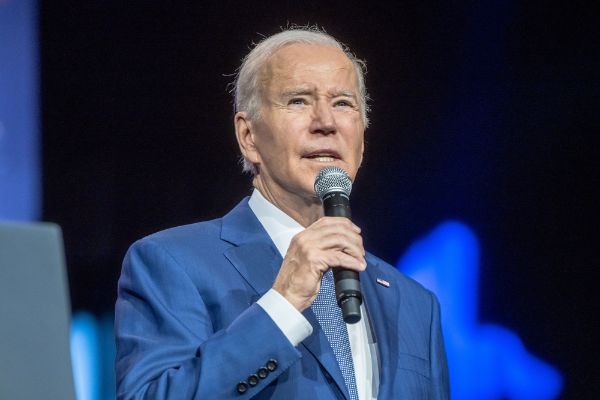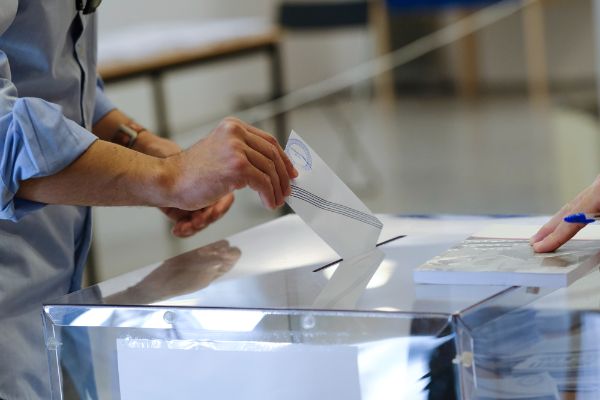In the United States, a majority of potential voters said they would rather have the government shut down than have Congress approve additional spending, according to a poll.
According to a Rasmussen Reports study, 56 percent of respondents would prefer a partial government shutdown until Congress can decrease or maintain spending levels. Only 34% answered they would like to see the reverse, increased spending levels, in order to avoid a government shutdown.
Furthermore, when polled by party, 56 percent of independent respondents and 73 percent of Republicans stated they would prefer a partial government shutdown until they can figure out how to reduce or keep spending the same, while only 41 percent of Democrats agreed. However, more Democrats (50%) want more expenditure in order to prevent a government shutdown.
This survey comes at a time when House Speaker Kevin McCarthy and the other Republicans in the House will soon have to begin negotiations with Democrats in order to raise the debt ceiling. Conservative Republicans in the House, on the other hand, have been adamant about cutting spending before lifting the debt ceiling.
In comparison, the same survey that was conducted four years earlier under former President Donald Trump indicated that 54 percent of respondents supported a shutdown when Dems fought over the debt ceiling, while just 31 percent said that they wanted the reverse.
The study also indicated that the majority of respondents believe there is a spending problem, with 66% feeling it is due to “politicians’ inability to curb government spending,” while 21% believe “taxpayers are more to blame for the magnitude of the deficit.”
Furthermore, when separated by political party, a majority of each political party said the deficit was caused by “politicians’ refusal to curb government spending,” including 77 percent of Republicans, 52 percent of Dems, and 71 percent of independent respondents.
Pulse Opinion Research, LLC, on behalf of Rasmussen Reports, carried out the poll from January 18 through January 22 with a total of 900 potential voters from the United States. The survey has a three percent margin of error and a confidence level of 95 percent.




Comments are closed.